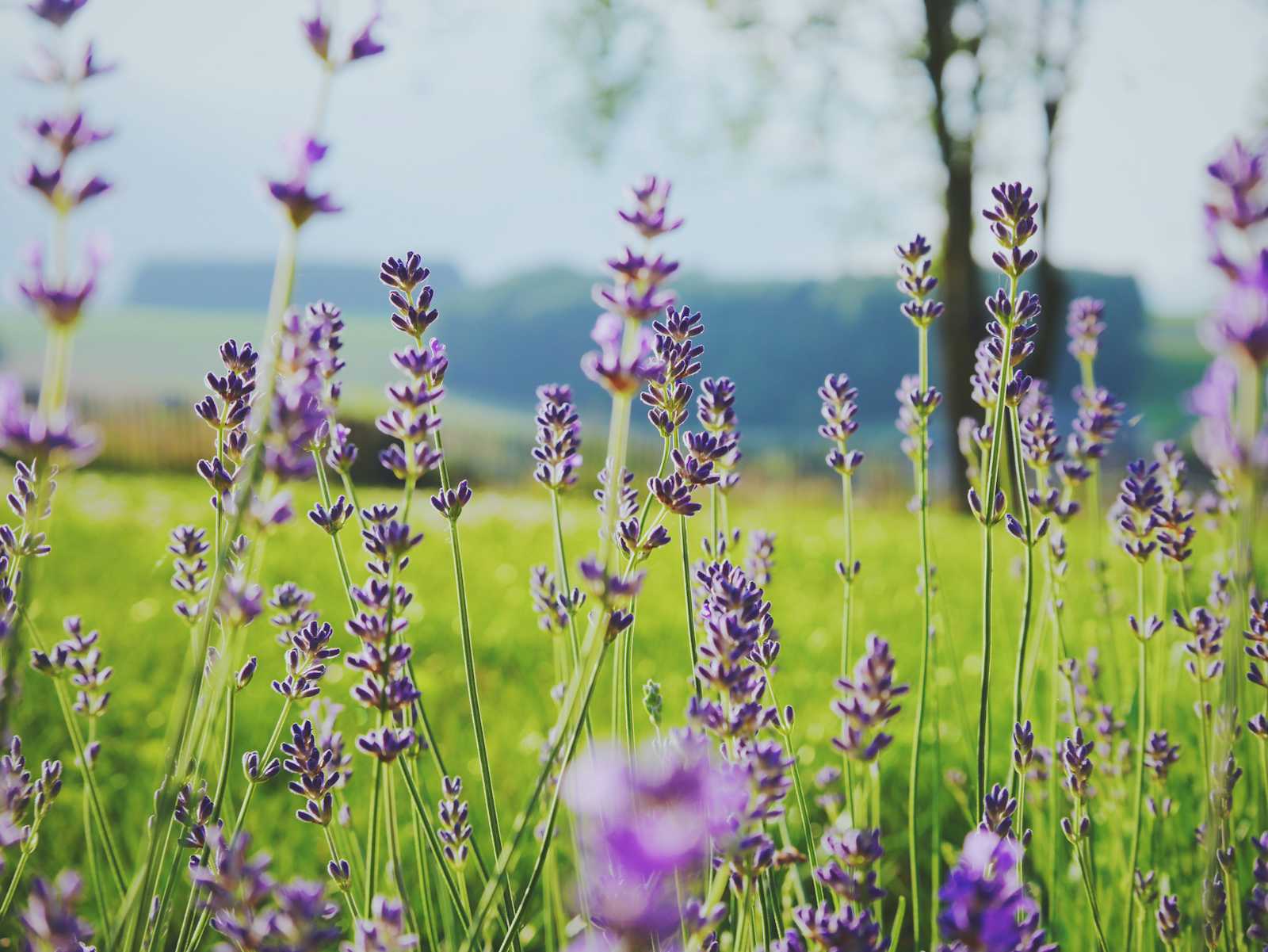Pixels in Image
 Janani Asokan
Janani Asokan
Pixels:
Pixel is the smallest unit of digital image. It consists of tiny dots or squares of the image color. Pixel is short form for ‘picture element.’ Any image we just view on the digital screen based on the formation of pixels to view the image. Each pixel has a specific color and brightness value, and when combined with other pixels, they create a digital image. The more pixels an image has, the higher its resolution and clarity. Pixels also determine the color and contrast of an image. Each pixel represents a specific color and brightness level, and when combined with other pixels, they create the overall color and tone of the image. A higher number of pixels allows for a wider range of colors and shades, resulting in a more realistic and accurate image.
how many pixels make an image?
The number of pixels that make up an image depends on its resolution. Resolution is the number of pixels that a digital image contains, measured as the total number of pixels horizontally and vertically.
For example, a common resolution for a computer monitor is 1920x1080 pixels, which means the image is 1920 pixels wide and 1080 pixels tall, for a total of 2,073,600 pixels.
How does the pixel work?
Pixels work by emitting or reflecting light to create an image. In a digital camera, the image sensor is made up of millions of individual pixels that capture light and convert it into a digital signal.
Why is pixel so important in images?
Pixels are important in images because they determine the resolution and quality of the image. The more pixels an image has, the higher its resolution, and the more detail and sharpness it can display. A higher resolution image can also be enlarged or zoomed in without losing clarity or becoming pixelated.
For example, a low-resolution image with few pixels may appear blurry or pixelated when enlarged, while a high-resolution image with more pixels will appear clear and sharp even when zoomed in.
Subscribe to my newsletter
Read articles from Janani Asokan directly inside your inbox. Subscribe to the newsletter, and don't miss out.
Written by
